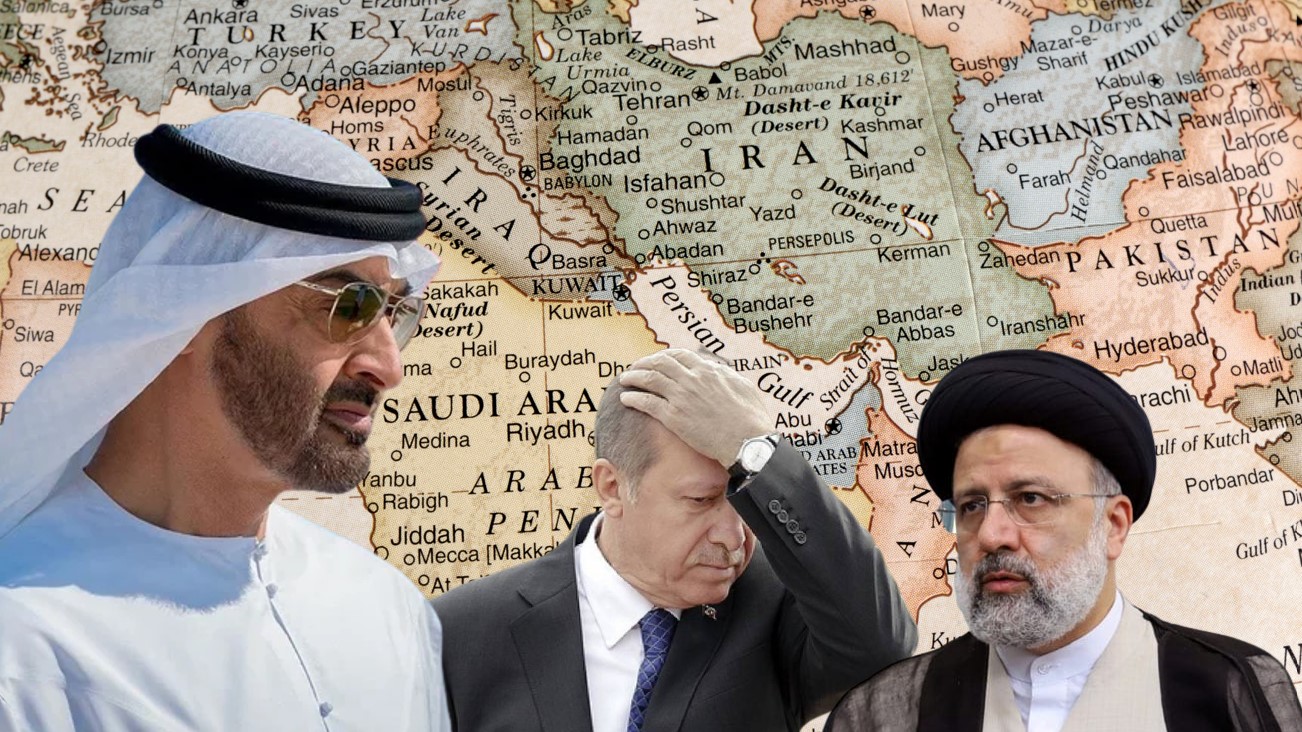Dassault Aviation : il y a aujourd’hui un “moment Rafale”
Translated with www.DeepL.com/Translator (free version)
Dassault Aviation: there is a "Rafale moment" today
A few days after the Rafale contract was signed in the United Arab Emirates, Éric Trappier, president of Dassault Aviation and the Union des industries et métiers de la métallurgie (UIMM), explains why and how this aircraft has become a geopolitical issue. Interview.
Published on December 27, 2021 at 9:00 am Updated on December 26, 2021 at 1:31 pm
Valeurs actuelles. For a long time, the Rafale was considered unsellable for export. Today, it accounts for over 50% of orders. How do you explain this turnaround?
Eric Trappier.
The Rafale arrived too far ahead of its time, and in the face of American competition, which was all the more aggressive because the first bids we received were from traditional U.S. customers: the Netherlands, South Korea and Singapore. We took part in these competitions to start making our aircraft known and to train our teams. That's where the legend that the Rafale was a commercial failure was born. But we have always been convinced that the Rafale is a good aircraft. In the hands of French forces - Air Force or Navy - it has proven its versatility, reliability and efficiency. We were therefore certain that we could sell it abroad, even if it was larger and more expensive than the Mirage 2000.
In 2015, the stars finally aligned. When Marshal Sissi came to power, after the removal of Mohamed Morsi, we benefited from a cooling of Egypt's relationship with the United States. President Sissi wanted to replace some of his fighter jets, while Paris was hit by Islamic attacks. Since Paris and Cairo share a common enemy, it was natural that Marshal Sissi would turn to France. We listened to him, at the request of the French authorities, and helped strengthen the relationship of trust that existed between our two countries, which was also based on a long history between Egypt and Dassault.
This history is reinforced by the excellent track record of the Mirage 2000 that powers the Egyptian Air Force. I would add that this relationship was facilitated by the fact that France, as part of the Western camp, also exercises a policy of influence in the Mediterranean, with a number of countries, including Arab countries, inherited from General de Gaulle.
Export orders then multiplied...
After Egypt, the second country to choose our aircraft was Qatar, which also uses Mirage 2000s. Then there is India, China's neighbor, with which there is a long-standing rivalry. For India, it was a question of ensuring its defense and showing it to the world. The Rafale has thus established itself in the Mediterranean, the Middle East and Asia, before moving on to southern Europe, with Croatia and Greece. The latest contract is with the United Arab Emirates, with which France and Dassault have close ties. They have chosen our aircraft at a time when the U.S. strategy towards the Gulf states may seem hesitant. France offers, in fact, the alternative card of a country in the Western camp, with a particular positioning because of its nuclear deterrent, and not totally aligned with Washington. Without disclosing the negotiations underway,
other countries will select our aircraft in the coming months: there is now a "Rafale moment".
How do you explain the fact that Northern Europe invariably buys American, as shown by what happened recently in Finland?
We are in the European Union, but our European neighbors rarely buy French or European. There is no European preference in Europe, but rather an American preference... Those who fear Russia, especially in northern Europe, prefer the NATO umbrella, i.e. the United States. Southern European countries, such as Greece, are less categorical, because they look to Turkey... which is also in NATO. So they have an interest in diversifying their strategic supplies.
Are you in favor of the emergence of a European defense system?
The Europe of defense is an important ideal to share. But France's position, a legacy of decades or even centuries, must also be taken into account. Building a Europe of defense will certainly not be done in the space of a five-year period. It will take time, with ups and downs in the negotiations. In theory, a united Europe must carry more weight than France alone, but this cannot be done to the detriment of the strategic interests of our country, which has a particular position, with certainly assets but also responsibilities vis-à-vis the rest of the world.
Didn't the Treaty of Aachen provide for the pooling of part of the defence industry between France and Germany?
Until then, it was foreseen that when one country exports jointly developed military equipment, the other would not block it. However, this did not happen without a few cuts. The economic balance of a defence industry is not the same in the United States, where national orders are enormous, as in Europe, where there is no viable activity without exports.
As far as cooperation is concerned, we need to define common operational requirements, and limit the number of unique and sometimes contradictory specifications that produce industrial monsters that are impossible to develop and prohibitively expensive. We must be able to propose technical compromises. This is why France, whose armed forces are engaged in demanding theaters of operation, was chosen as the prime contractor. That's why Dassault Aviation was chosen as prime contractor, drawing on our unique post-war experience in the field of combat aircraft.
The NGF, the new generation fighter aircraft shared by France, Germany and Spain, is under French leadership. It must be capable of carrying nuclear weapons and operating from an aircraft carrier - two non-negotiable French missions for which we have developed specific know-how. The responsibility of building a future fighter aircraft for our operational forces, within acceptable budgets, must lead to a sharing of skills, under Dassault prime contractorship, and avoid duplication or co-development.








